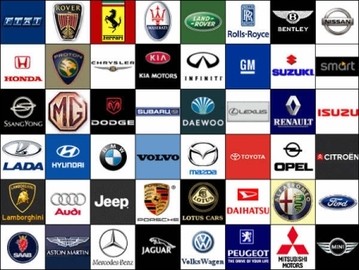J. W. Automotive Engineering
Brand
In 1964. After dismal results with the GT40s in their first two years, mainly dealing with reliability due to mechanical failure, the Ford GT40 program (Ford Advanced Vehicles - FAV) was handed over to Holman Moody and Carroll Shelby to compete against Ferrari, with the 1966 24 Hours of Le Mans victory being the most famous, as well as 1967.
Ford closed FAV after the 1966 season, and John Wyer and John Willment formed J. W. Automotive Engineering Ltd (JWA) to take over the Slough factory and continued to build production GT40s on Ford's behalf. As Wyer was the well known team manager and present at race tracks, it was assumed that J. W. stands for John Wyer even though it is for John Willment, as stated by Willment's brother-in-law Hans Herrmann.
Subject ID: 32062
MoreIn 1964. After dismal results with the GT40s in their first two years, mainly dealing with reliability due to mechanical failure, the Ford GT40 program (Ford Advanced Vehicles - FAV) was handed over to Holman Moody and Carroll Shelby to compete against Ferrari, with the 1966 24 Hours of Le Mans victory being the most famous, as well as 1967.
Ford closed FAV after the 1966 season, and John Wyer and John Willment formed J. W. Automotive Engineering Ltd (JWA) to take over the Slough factory and continued to build production GT40s on Ford's behalf. As Wyer was the well known team manager and present at race tracks, it was assumed that J. W. stands for John Wyer even though it is for John Willment, as stated by Willment's brother-in-law Hans Herrmann.
With backing from Gulf Oil and their team manager J-O Bockman, Wyer created the Ford-powered Mirage M-1, a prototype that won the 1967 1000 kilometer Spa. Due to a rule change that came in effect for 1968, prototypes were limited to 3,000 cc, while sportscars could have 5,000 cc if at least 50 were built. This applied to the two-year-old Ford GT40s, which were modified by Wyer. As a surprise, Wyer won the World Sportscar Championship for Ford in 1968 even though the 2,200 cc Porsche 907 were considered favourites at the beginning of the season. The superior power of the 302 cubic inch V-8 allowed them to win on fast tracks, and especially at Le Mans two years in a row in 1968 (Pedro Rodríguez and Lucien Bianchi) and 1969 (Jacky Ickx and Jackie Oliver), even though they were outclassed at twistier tracks.
Subject ID: 32062
Subject ID: 32062
